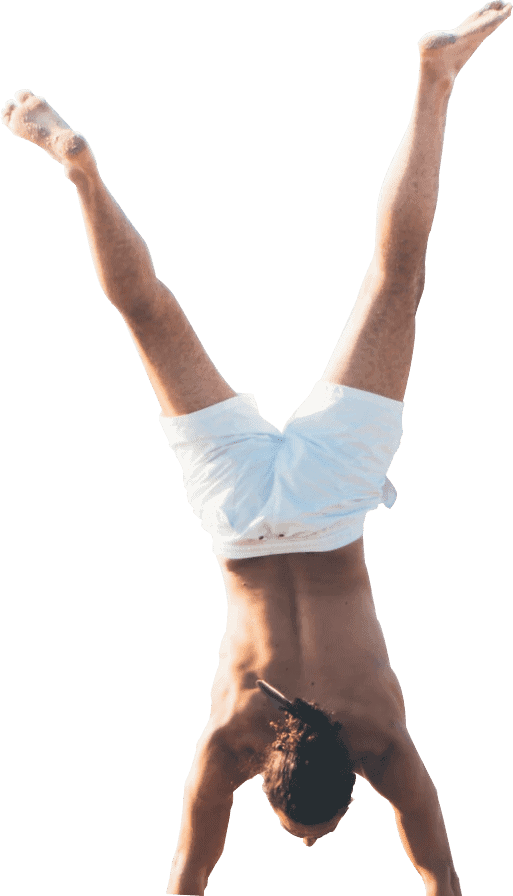By Libby Borman
Physiotherapist at Life Ready Physio + Pilates Yokine
What muscles are in the abdominal wall and what do they do?
There are four layers of abdominal muscles and all four layers need to work together to make your abdominal muscles strong and look great.
The rectus abdominis muscles are the most superficial layer, and they run between the ribs and the pubic bone and help the body to bend forwards and backwards. Sometimes, if well developed, the rectus abdominis muscles will have characteristic bumps that is often called a “six-pack”.
The external oblique and internal oblique muscles run from the ribs on one side, to the opposite hip. They allow the trunk to twist and turn and are positioned just underneath the rectus abdominis muscles.
The tranversus abdominis is the deepest abdominal muscle layer and the fibres run transversely, a bit like a corset would. The main role of the tranversus abdominis is to stabilise the trunk, maintain internal abdominal pressure and support the lower back.
Why do I need strong rectus abdominis muscles?
It is important to have strong abdominal muscles to give you a solid core foundation for all activities. All our movements are powered by our middle and the core helps to link the upper limbs (arms) to the lower limbs (legs) and coordinate activities such as running, lifting and jumping.
A strong rectus abdominis muscle may improve your abdominal appearance, but if you focus on all abdominal layers, then you will gain greater strength in lifting, bending, twisting and achieve a flatter tummy appearance.
What is a rectus abdominis diastasis?
A rectus abdominis diastasis is when there is a separation between the rectus abdominis muscles. This occurs commonly in women during pregnancy and should be assessed after childbirth. It may need to be a focus during postnatal rehabilitation before women get back to exercise such as crunches, core work or running.
A physiotherapist with experience treating postnatal women, should be able to assess the abdominal wall to measure the muscle separation and provide advice and exercises to optimise its recovery. Sometimes the gap will not disappear completely, but a woman can still have a strong abdomen with no low back pain or limitations in function.
What exercises can I do to help improve a rectus abdominis diastasis?
In the early days after having a baby, a woman should focus on pelvic floor exercises and gentle lower abdominal exercises. She should also avoid activities requiring abdominal effort that cause tenting or bulging in the midline. Then activities like rocking knees from side to side, pelvic tilts when lying on your back and basic pilates exercises like single leg lifts, heel slides and bent knee fall outs.
Eventually, women should be able to do crunches, planks, oblique twists, but they need to be progressed carefully to achieve these more difficult exercises safely at the right time.
Who can help me with an abdominal strengthening program?
Our Life Ready Physiotherapists have completed quality training in abdominal strengthening and should be able to give you a great program to do at home to get strong abdominal muscles. We would suggest seeing a Women’s Health Physiotherapist if you are postnatal and are aware of an abdominal muscle separation greater than 2 cm.
